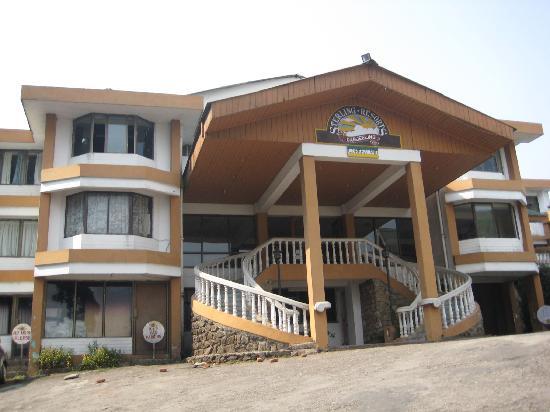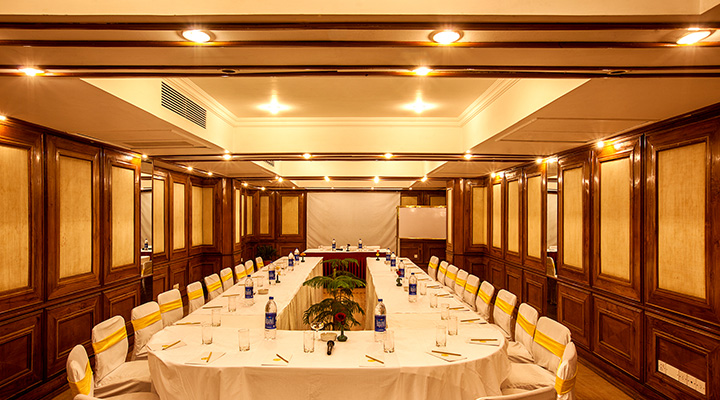Sterling Darjeeling
Ghoom Monastery Road, Ghoom,
Darjeeling,
West Bengal - 734102,Darjeeling,734102
About me
The Darjeeling Himalayan Railway, a UNESCO World Heritage Site, is a little toy train that chugs up the mountain at about 13 kilometres an hour. It’s an ideal pace to wind through thick forests of oak, maple, chestnut, walnut, pear, cherry and cardamom plants. The rolling slopes are carpeted with tea plantations, interspersed with rhodendrons, magnolias and orchids, and Tibetan flags flutter on the Hussel Khola stream. There is a steady, perceptible drop in atmospheric temperature as you putter along, especially as the train reaches Ghoom, the highest point of its journey at 7,407 feet. From here, it descends 1,000 feet through an incredible 5-kilometre loop to arrive at Darjeeling. As you get off the train, you notice how cold it is compared to when you boarded the train at Siliguri or New Jalpaiguri.
Darjeeling, the land of tea plantations and one of the most popular hill stations in India, is situated at an altitude of 6,710 feet in the Mahabharat or Lesser Himalaya range, right beside the spectacular Himalayas. Kanchenjunga, the world’s third-highest mountain peak, is always in the backdrop. Mount Everest, the world’s highest mountain peak, may briefly appear amid the clouds on a clear day.
As fascinating as the natural landscape are the natives of the hills of Darjeeling, the Lepchas, the Gorkhas, the Sherpas, and the Bhutias with their distinctive Nepali and Tibetan influence. Tibetan noodle soup called Thupka and the Tibetan momo, steamed dumplings of vegetables or meat wrapped in dough and served in soup, are the most cherished foods. Tibetan thangkas (silk paintings with Buddhist themes), singing bowls, and prayer wheels are as popular takeaways as Darjeeling tea.
The days in Darjeeling fly past as you visit high-altitude monasteries and tea gardens, bite into momos, and tap singing bowls.

